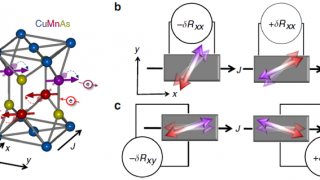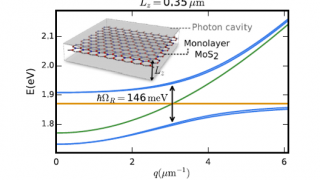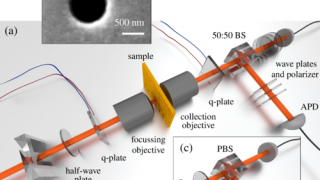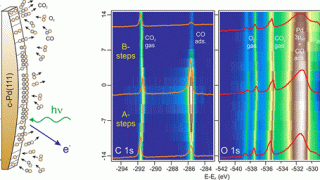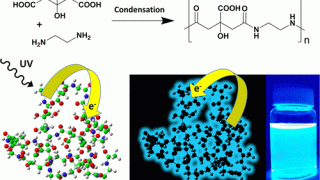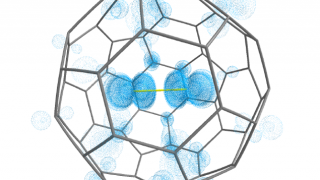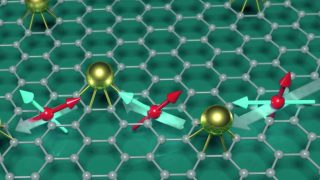
A photonic crystal the size of a single free space wavelength
Condensed matter • Materials • Nanotechnology • Quantum physics
You can read this article because I have used photonics in order to make it possible. It may sound futuristic, but photonics is a technology we use, one way or the other, on a daily basis. Photonic devices are analogous to those used in electronics, but with the electrons replaced by photons. Thus, photonics is […]
